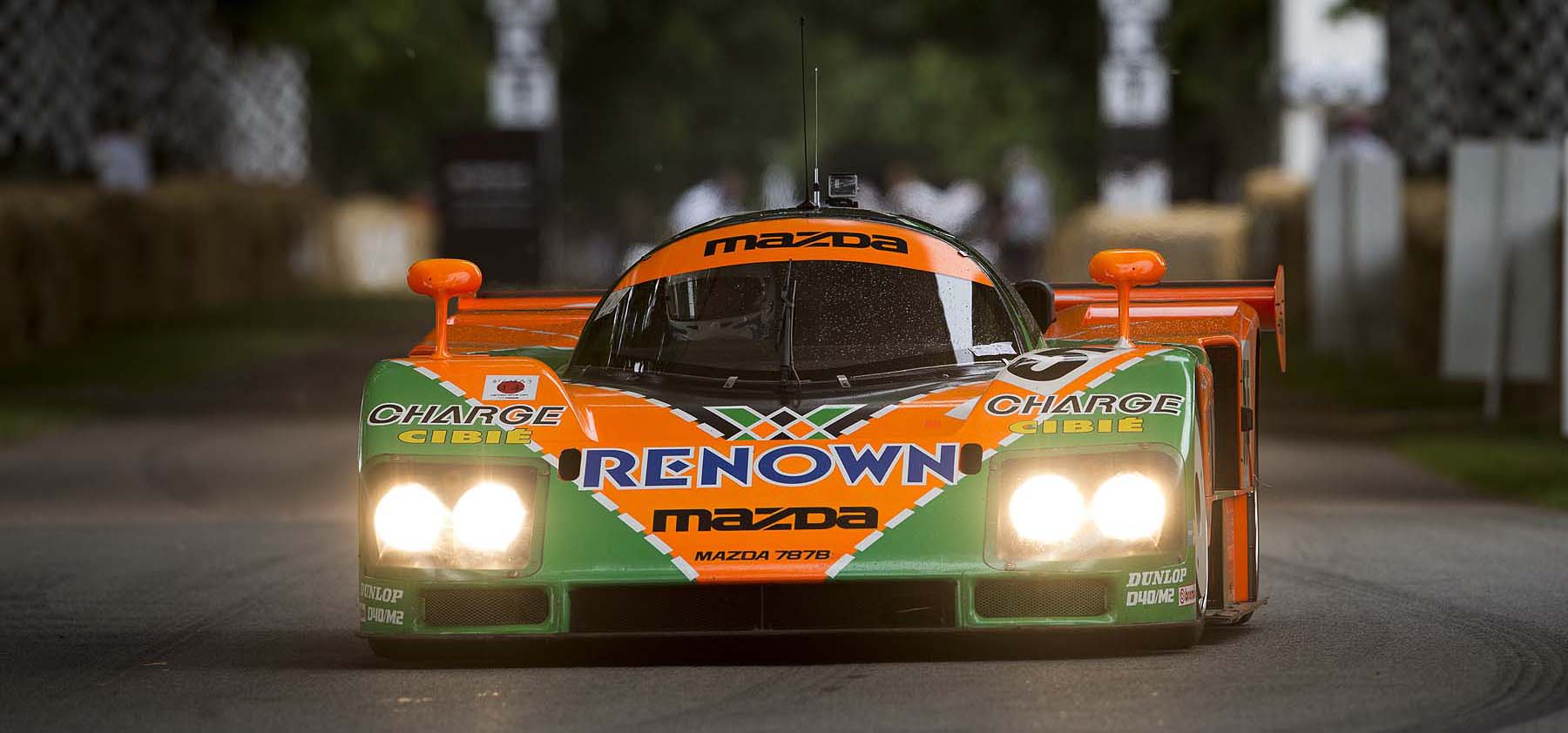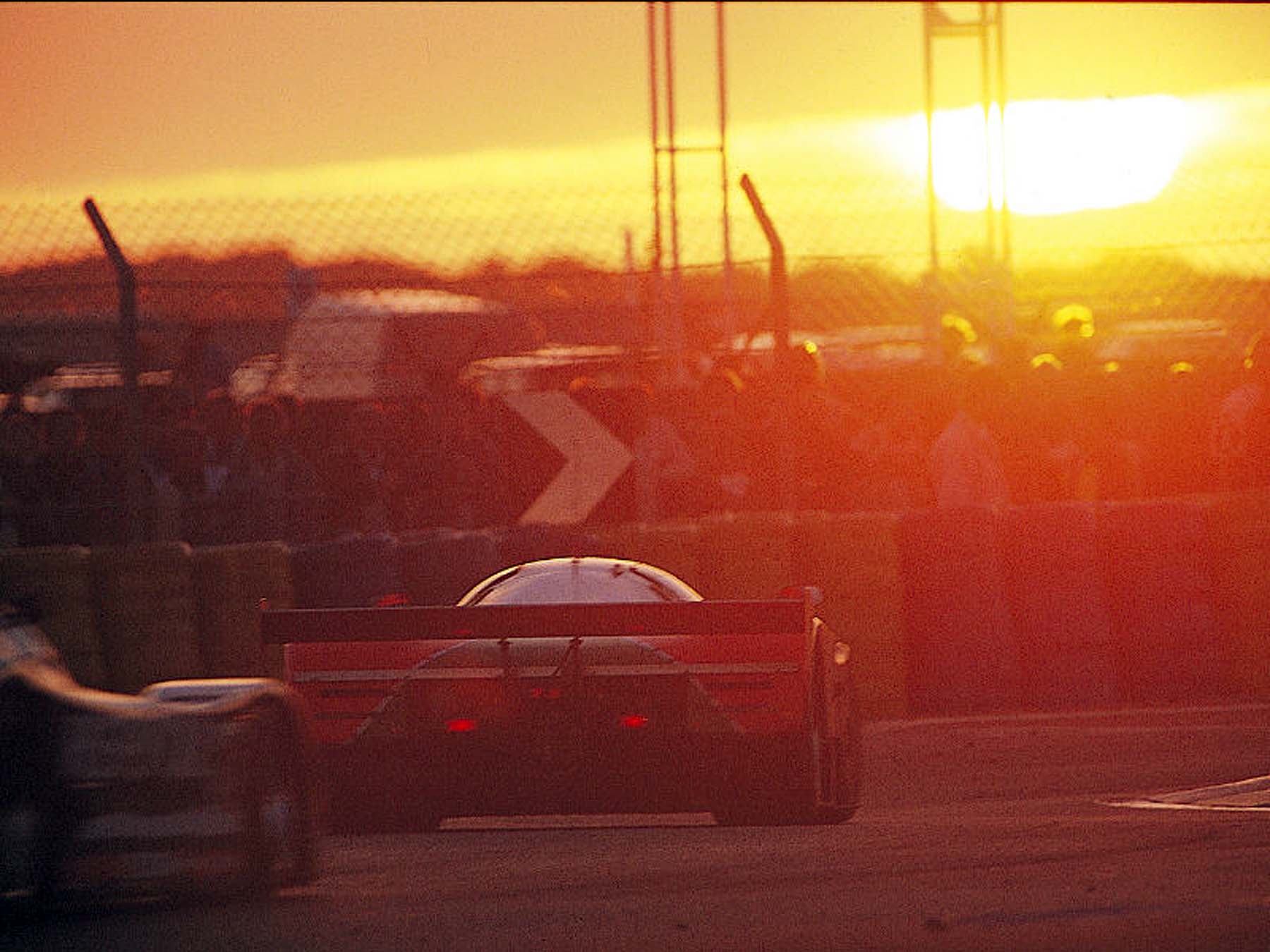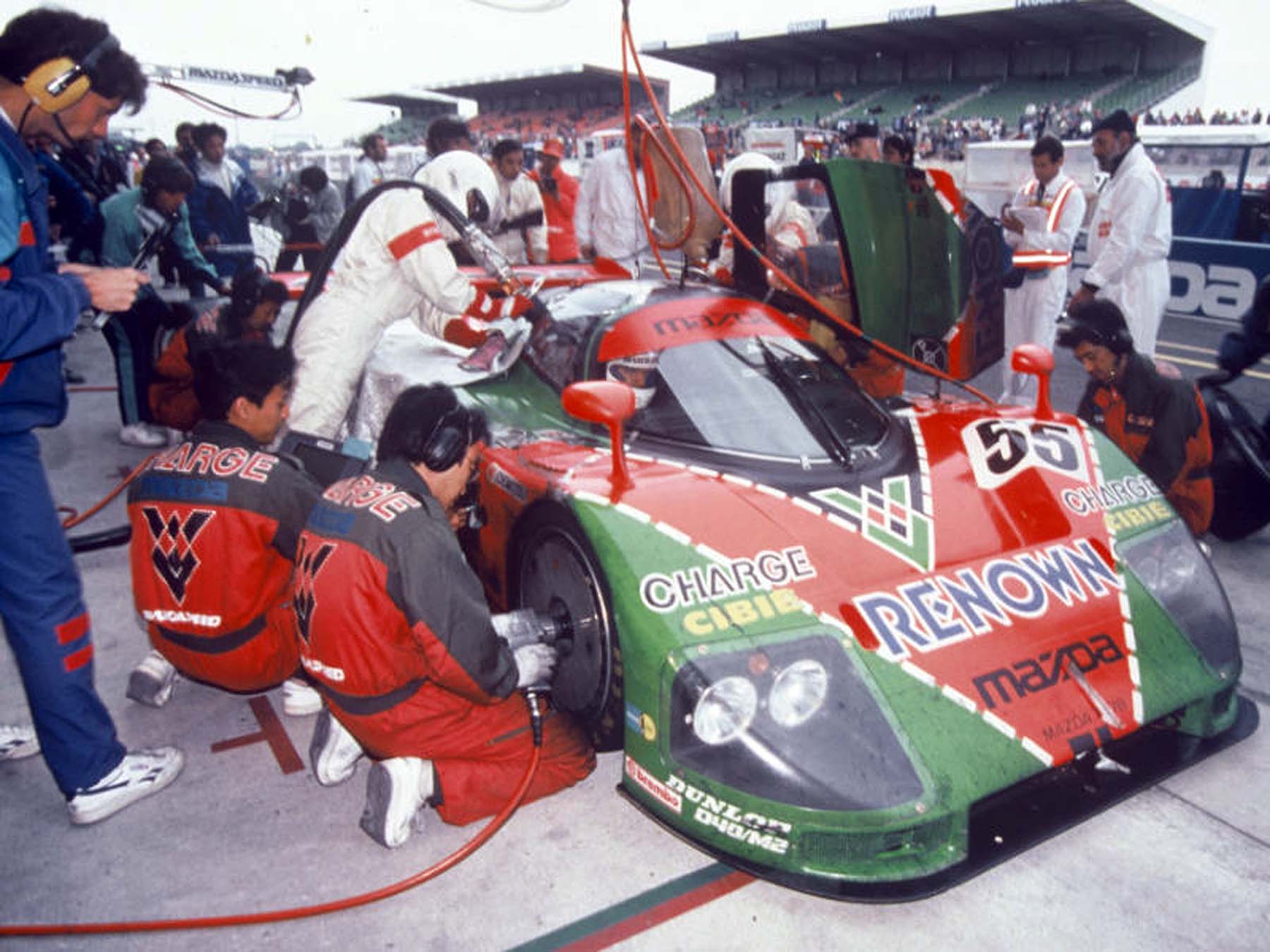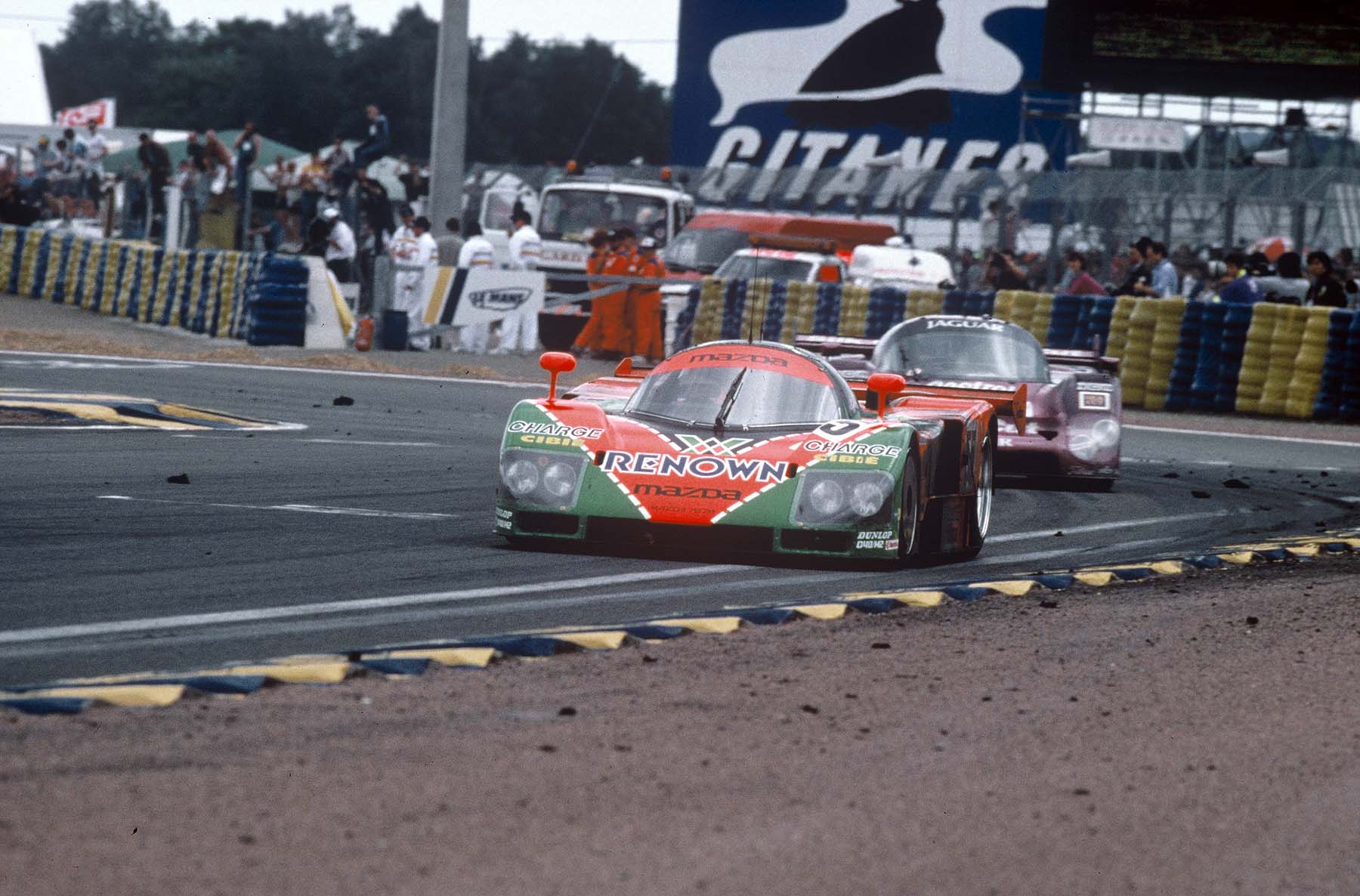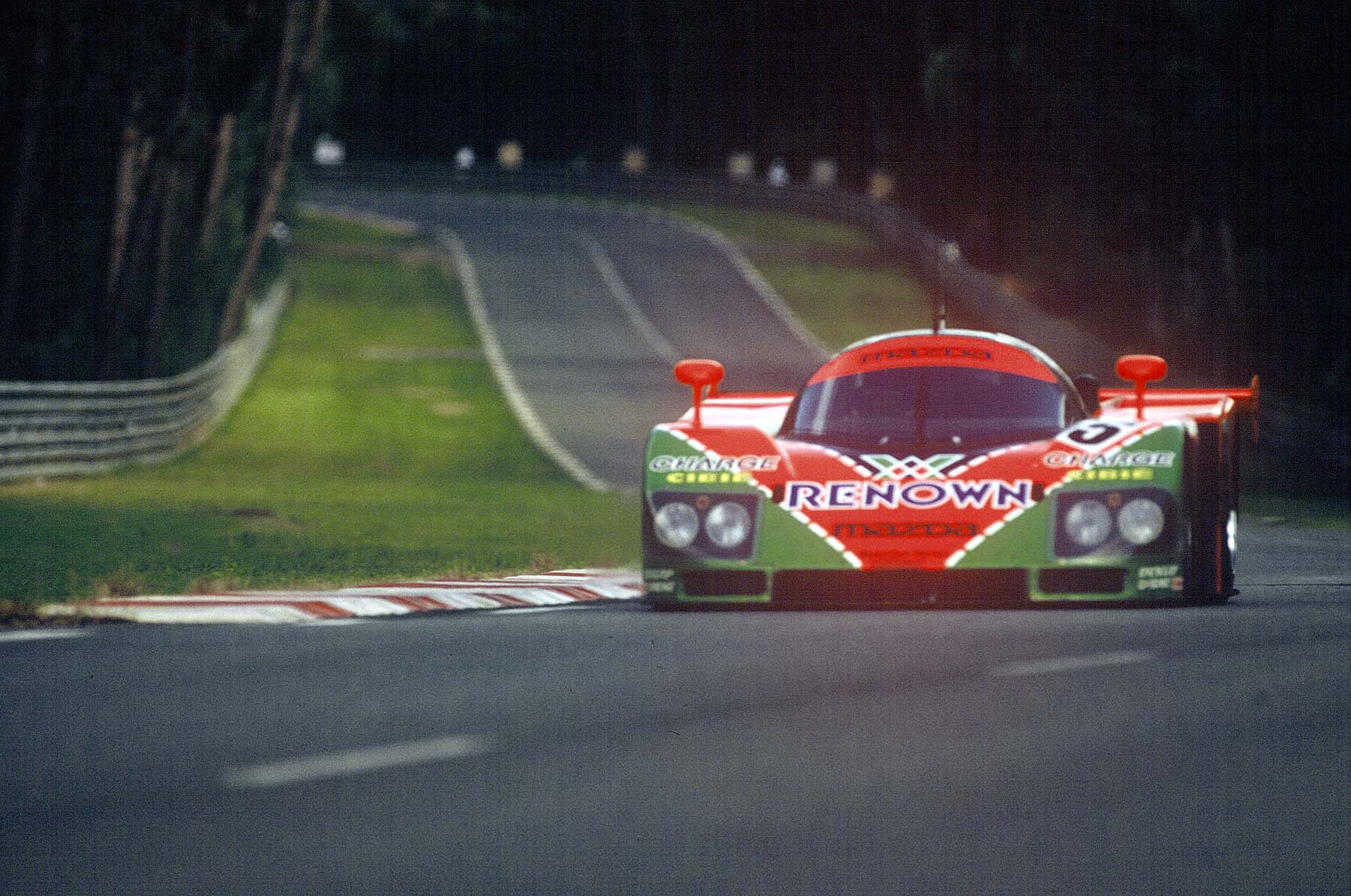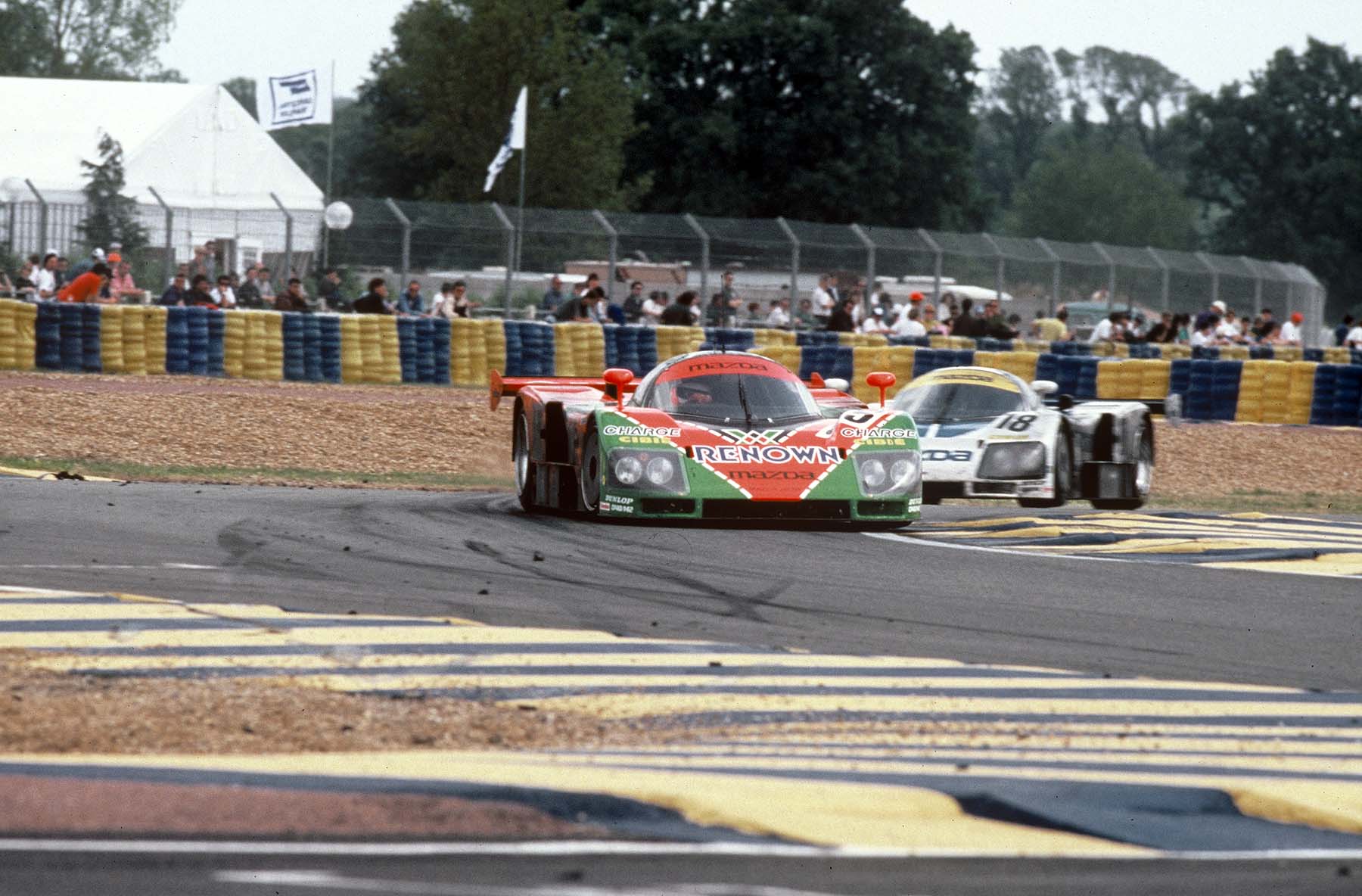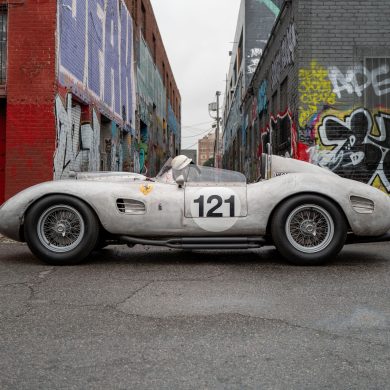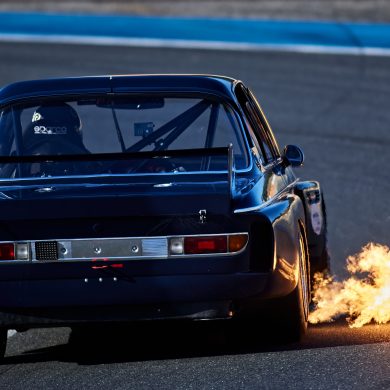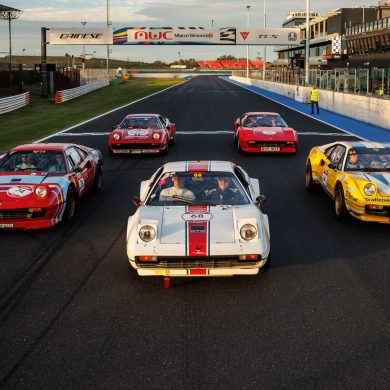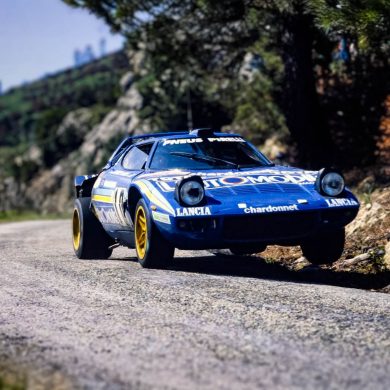The upcoming 2023 Goodwood Festival of Speed will feature the renowned Mazda 787B, the victorious car from the 1991 Le Mans race. This triple-rotor powerhouse is set to delight fans with its distinctive sound. The Mazda 787B will be driven by Johnny Herbert during the festival on July 15th and 16th. Mazda’s triumph in 1991 marked a significant milestone as the first Japanese manufacturer to secure victory at the renowned 24 Hours of Le Mans.
Fresh off its appearances at the 2023 24 Hours of Le Mans and the recent Le Mans Classic, the Mazda 787B will take center stage at the 2023 Goodwood Festival of Speed. This marks its return to the festival after an absence since 2015. As Goodwood commemorates the centenary of the inaugural running of the world’s most celebrated endurance race, the iconic Mazda 787B will join other esteemed Le Mans contenders and winners.
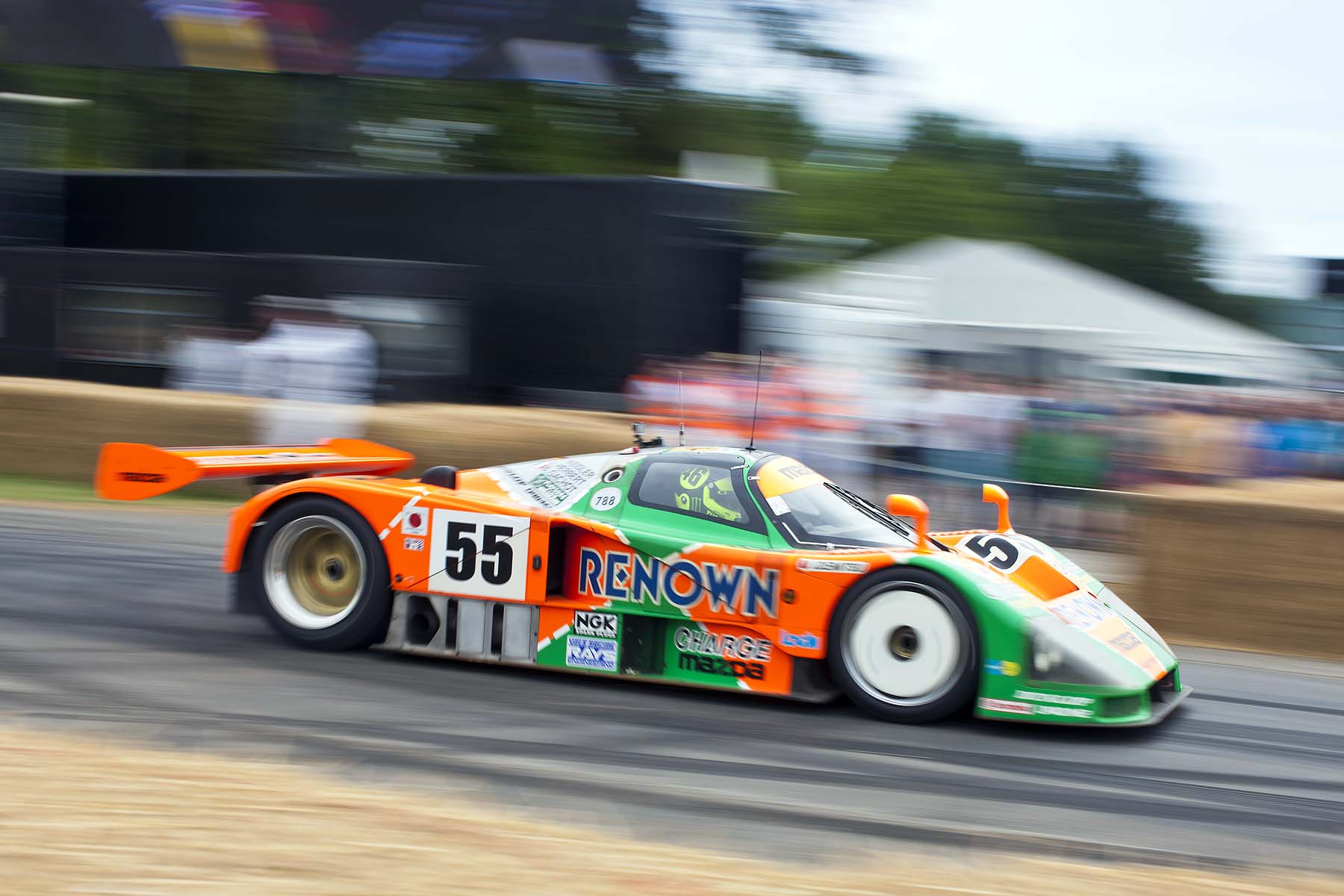
Highlights
• The 1991 Le Mans-winning Mazda 787B will be in action at the 2023 Goodwood Festival of Speed*.
• On Saturday 15th and Sunday 16th July, the Mazda 787B will be driven at Goodwood Festival of Speed by Johnny Herbert.
• With victory in 1991, Mazda became the first Japanese manufacturer to win the 24 Hours of Le Mans.
Drivers
The iconic Le Mans-winning car, adorned with the distinctive ‘Renown’ livery, will tackle the Goodwood hill climb throughout the Festival of Speed. Johnny Herbert, one of the triumphant drivers in the 1991 Le Mans race, will once again take the wheel alongside former Grand Prix driver Karun Chandhok and ex-Mazda IMSA factory driver Harry Tincknell, who will also have the opportunity to showcase their skills in the historic vehicle.
Rotary conquers Le Mans
The 1991 Le Mans victory represented a remarkable moment for Mazda’s rotary engine technology, which embodied the company’s relentless pursuit of innovation. When Johnny Herbert crossed the finish line on June 23, 1991, at 4 pm, it marked an extraordinary achievement. Mazda had not only become the first Japanese manufacturer to win the prestigious endurance race but had also captivated fans with the distinctive and ear-catching sound of its unique engine.
During its victorious campaign, the Mazda 787B completed 362 laps of the renowned French circuit with minimal maintenance. Across its 28 pit stops, the winning car only required a single oil top-up, a change of brake discs and pads, and a nose change. The 700bhp four-rotor R26B-powered 787B demonstrated the reliability, efficiency, and performance of Mazda’s rotary engine technology, relying mainly on fuel and tire replacements throughout the race.
The triumphant car was driven by Johnny Herbert, alongside fellow Formula One drivers Volker Weidler and Bertrand Gachot. Their race was relatively uneventful, with Weidler making impressive progress from the 787B’s starting position of 23rd on the grid. By 6 pm, car number 55 had climbed into the top ten, and at the halfway point of the race at 4 am, it was running in third place. With three hours remaining, the Mazda secured second place when the leading Mercedes-Benz encountered engine issues and retired from the race.
Overall victory for Japan
This turn of events left the number 55 Mazda 787B to continue its consistent performance and cross the finish line, clinching the overall victory for Japan. This achievement was particularly significant as Toyota and Nissan had been striving to win the prestigious race throughout the Group C era. However, it was Mazda, a relatively small manufacturer from Hiroshima, and its rotary engine that secured the first outright victory at Le Mans for a Japanese brand. Adding to the triumph, the Mazda 787B, designed by Nigel Stroud, became the first car with carbon brakes to win at Le Mans. The sister car, number 18, finished in sixth place, while the older number 56 Mazda 787 secured eighth place. Nevertheless, it was chassis number 002 of the Mazda 787B that etched its name in history with an exceptional overall victory at Le Mans.
More information HERE


